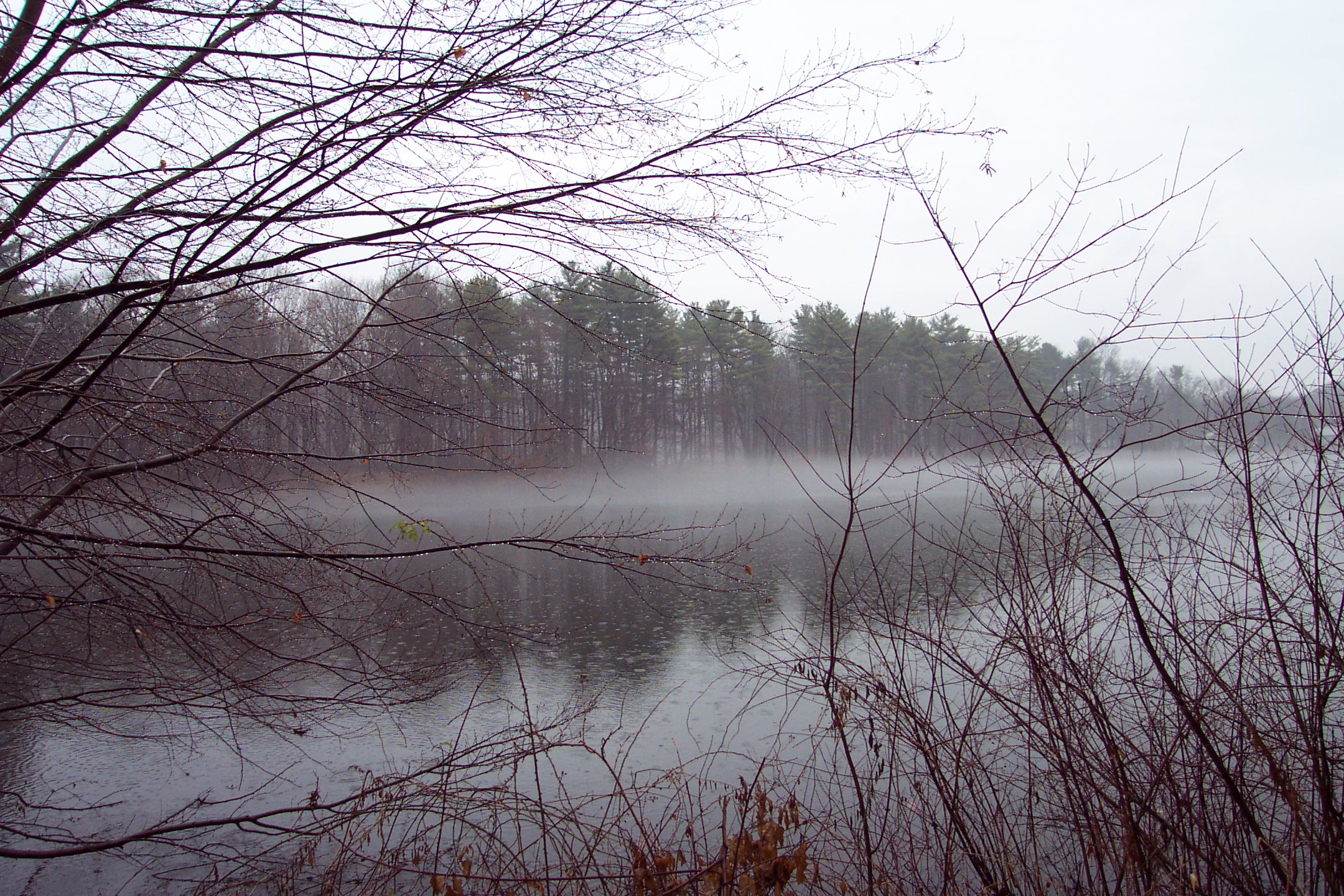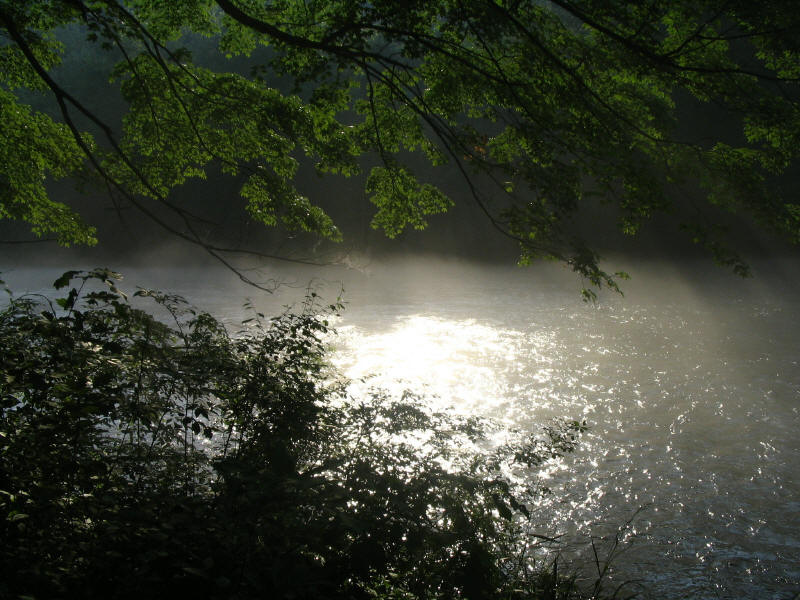The University of Connecticut is seeking an additional source of drinking water at its campus in Storrs to supply a potential technology park. UConn and the Metropolitan District Commission (the body that manages the public water supply in the greater Hartford area) are proposing to run a pipe across central Connecticut–from the Farmington River Watershed west of Hartford over to Storrs and Mansfield.
 Unfortunately, this proposal goes against the state’s Plan of Conservation and Development, and we are concerned that the Environmental Impact Evaluation for the project does not adequately address the issues involved.
Unfortunately, this proposal goes against the state’s Plan of Conservation and Development, and we are concerned that the Environmental Impact Evaluation for the project does not adequately address the issues involved.
Isn’t drinking water a good thing?
Absolutely! But shipping water halfway across the state isn’t the way to go. As it stands, the proposed pipeline:
Would encourage development sprawl – The pipe would be built through rural areas. Connecticut’s Plan of Conservation and Development states that water services should be expanded in rural areas only when there is a demonstrated need, and only at a level that will meet existing needs without attracting more development. The proposed pipe would deliver more water than is actually needed. This would encourage sprawling development in the farmland, forests, and small towns surrounding UConn.
Moves water from one watershed and to another – The proposed pipeline would create an “interbasin transfer,” taking water from the Farmington River section of the Connecticut River Basin and moving it to the Thames River Basin. This is not the best way to take care of the Farmington River Watershed long-term.
Doesn’t further a regional water plan – Connecticut has several regional water plans that guide decision-making about how best to take care of our state’s watersheds, rivers, and drinking water supplies. The EIE does not state which regional water plan–if any–this project would advance. Following these plans is one of the most important ways to make sure our waters stay healthy and adequate to support our communities and wildlife.
The EIE looks at several alternatives in addition to the MDC connection. The other alternatives include:
- No Action or No-Build: this alternative would result in a lack of additional water supply for the University and the town of Mansfield.
- Replacement of Well at the Fenton River Wellfield: this alternative requires only one water main route on lands located outside of University property.
- Interconnection with the Connecticut Water Company: this alternative proposes installing water mains beneath existing roads to interconnect the CWC water system with the University water system such that treated water can be provided to the University and portions of the town of Mansfield.
- Interconnection with Windham Water Works: this alternative proposes installing water mains within existing roads to interconnect the WWW water system with the University water system such that treated water can be provided to the University and eventually to Mansfield Four Corners.
- New Wellfield Along the Willimantic River: this alternative proposes installation of a wellfield and the installation of 12-inch diameter water mains to connect the new wellfield with the University water system such that additional water can be provided to the University and eventually to Mansfield Four Corners.
- New Wellfield Near Mansfield Hollow Lake: similar to the previous alternative, this would require installation of a wellfield and the installation of 12-inch diameter water mains to connect the new wellfield with the University water system such that water could be provided to the University and to Mansfield Four Corners.
The final Environmental Impact Evaluation should identify a preferred alternative that will have the least negative impact. The approach chosen should supply only as much water as is needed, protect the integrity of our watersheds, and conform to the state’s Plan of Conservation and Development.
Wondering how you can help?
Attend a public hearing
Tuesday, January 22, 7:00 PM
Human Resources Training Room, UConn Munson Building
16 Munson Road, Farmington, CT
Submit comments on the EIE
You can use this online form to send your written comments to UConn until Thursday, January 31.
Or you can email or mail comments to:
Jason M. Coite
University of Connecticut – Office of Environmental Policy
31 LeDoyt Road, U-3055, Storrs
jason.coite@uconn.edu
(It’s also helpful if you send us a copy of your comments at lmcmillan@ctenvironment.org, so we know what decision-makers are hearing.)
Posted by Rebecca Kaplan, director of communications for CFE/Save the Sound


